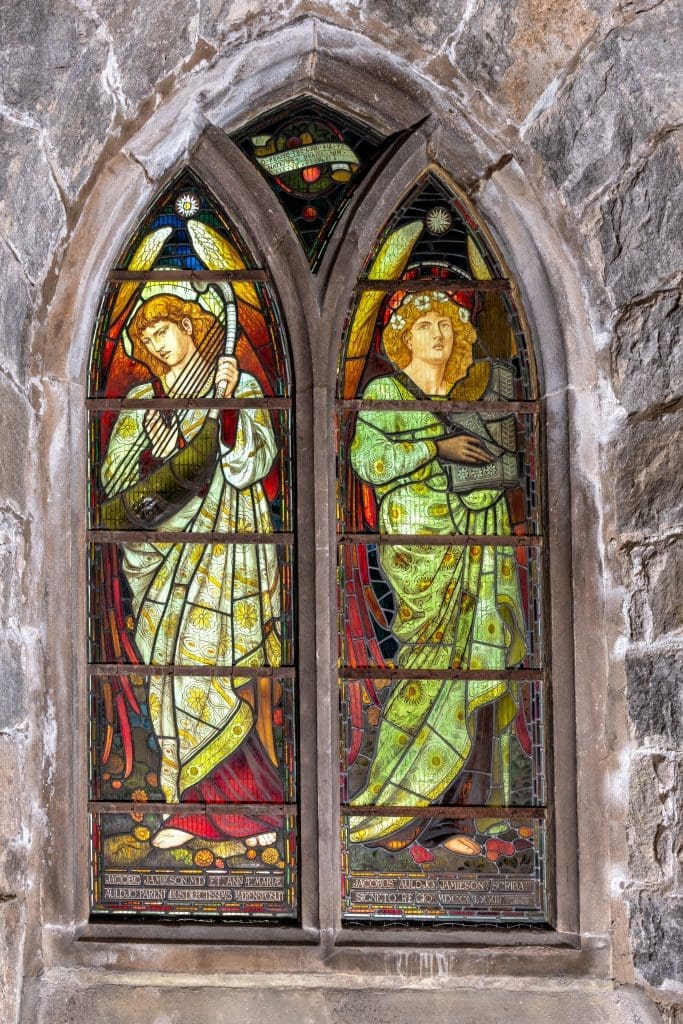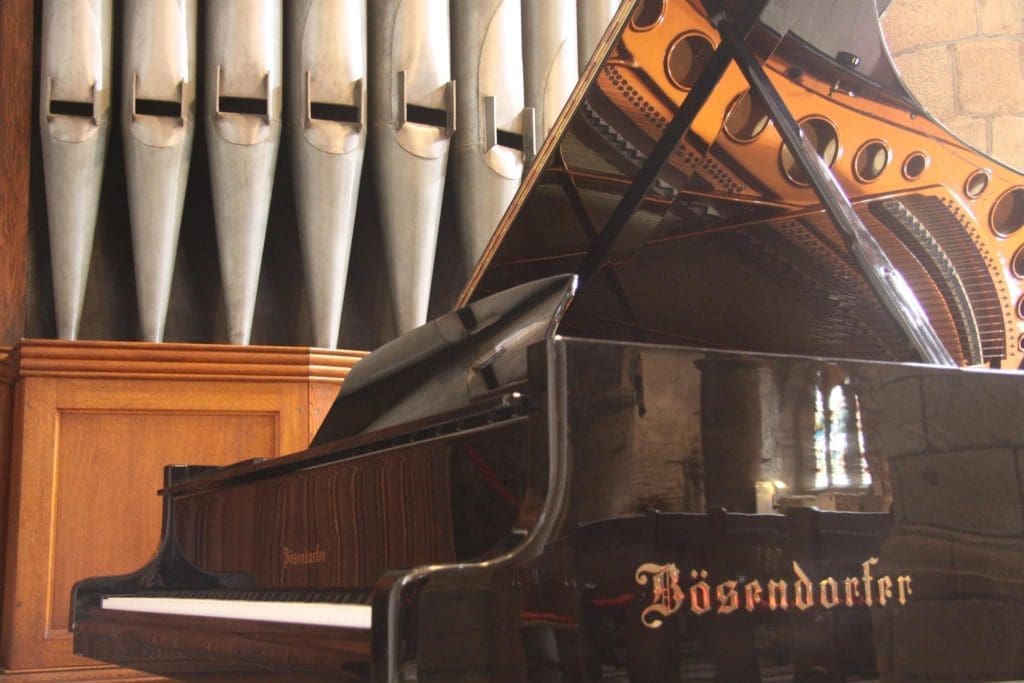In August 1240, long before the present edifice was built, the Cathedral has a record of a man called Jordan, who was a Precentor. The Precentor was a very senior official, responsible for the music of the Cathedral’s liturgy, and for the running of the ‘Sang Schule’ – in which boys for the choir were trained and educated. By the end of the 15th century the choir included twelve professional priest Vicars Choral, whose job was to sing at all services. In 1506 this number was increased by Bishop Elphinstone to twenty, with two deacons, two sub-deacons and two acolytes, six boy choristers and a Sang Schule master. This was a major musical establishment – even the Chapel Royal at Stirling had only sixteen Canons and six boys. We don’t know exactly why there was this expansion, but it might well have been a response to changing musical tastes during the 15th century. Despite the dominance of chant in The Daily Office, it is worth remembering that expertise in ‘plainsong, pryksong, Faburdon, Diskant and Cownter’ – that is, both reading and improvising music – was required of the Vicars Choral at King’s College (Aberdeen). We have no reason to suppose the requirements would have been any less demanding at St Machar’s Cathedral.






